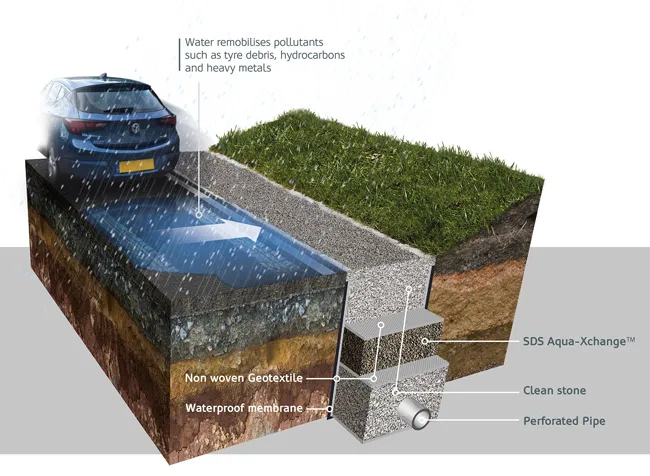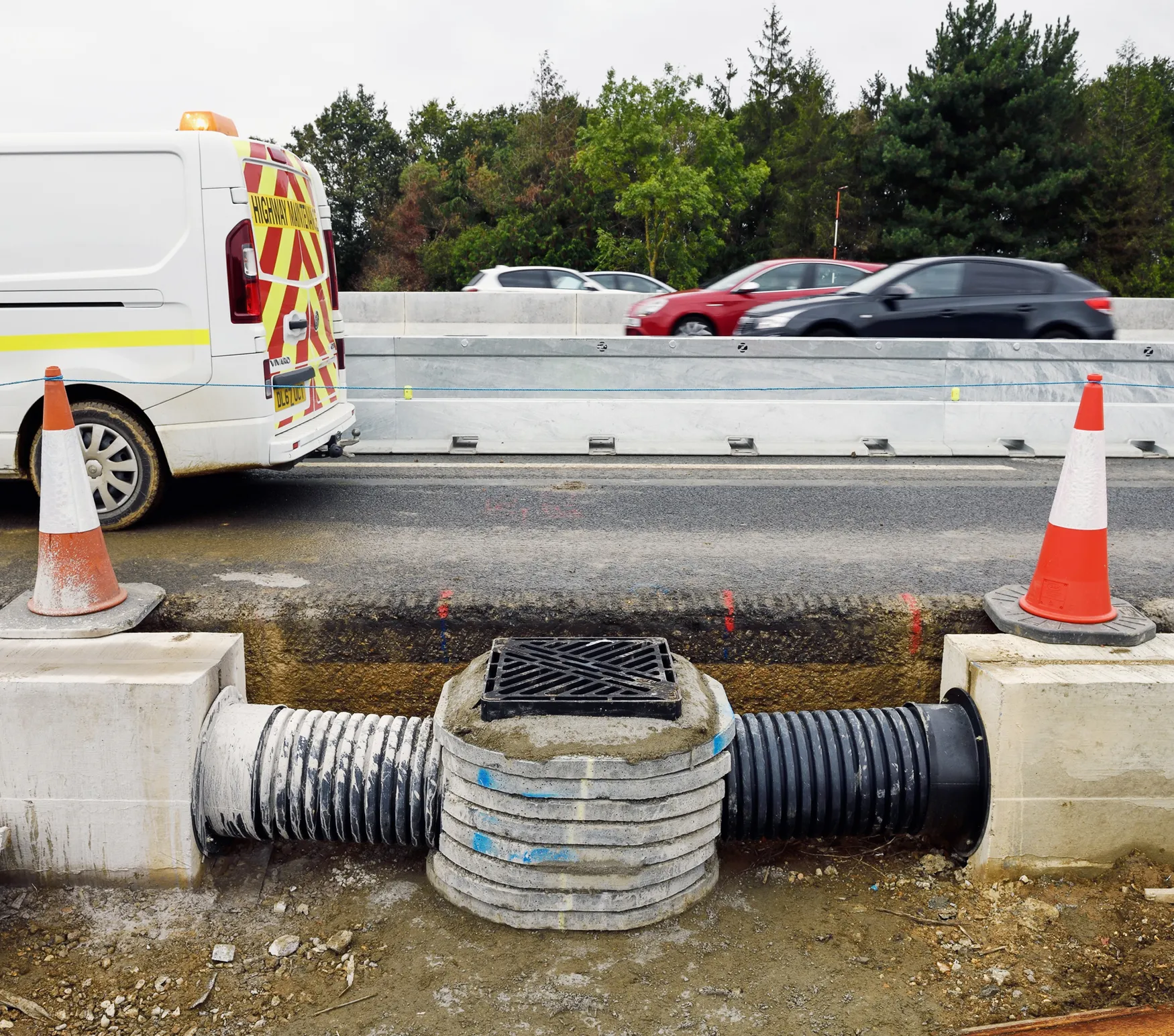Work on a busy interchange on the UK motorway network is close to completion. The new off-slip has opened at junction 24 of the M1 motorway. The work to upgrade junction 24 and junction 24a is being carried out by contractor Winvic Construction. The new off-slip at junction 24 provides a direct connection from the A50 eastbound to the M1 southbound. The work forms part of SEGRO’s Nationally Significant Infrastructure Project (NSIP) - SEGRO Logistics Park East Midlands Gateway (EMG) - a ground-breaking, multi modal ‘inland port’.
The changes to the road network are helping to facilitate a Rail Freight Interchange with Terminal, 11 modern industrial units, container storage and HGV park. Winvic is constructing all current elements and has also been appointed to build the four industrial units which are already under contract.
Further to the improvements made to the M1 motorway, a new junction has been created on the A453. It will provide access to SEGRO Logistics Park as well as connect the new Kegworth Bypass, which will reduce traffic flowing through the village. The new road infrastructure will also provide better access to Lockington via the local roads. Working in partnership with
Winvic’s Project Manager, Mark Skelton, commented: “Winvic exceeds people’s expectations whenever possible, from clients, agencies and authorities to local residents and those who might only use a new road just once. The 700 acre EMG scheme is a challenge but Winvic’s ‘one-team’ ethos and its vast experience delivering infrastructure projects has enabled us to adhere to the programme and find creative-solutions. We’re happy to have delivered on time for the all the people who will benefit from the new highways layouts and junctions, and be one step closer to realising this economically beneficial ‘inland port’ for the UK.”







